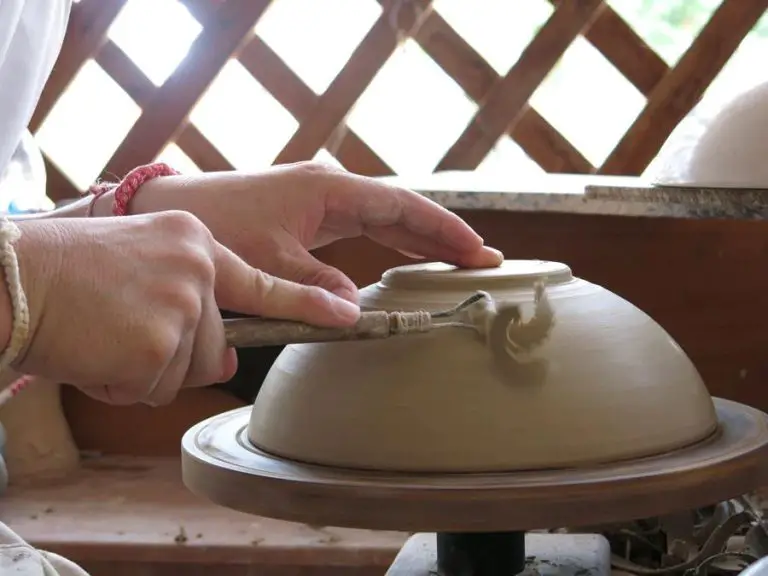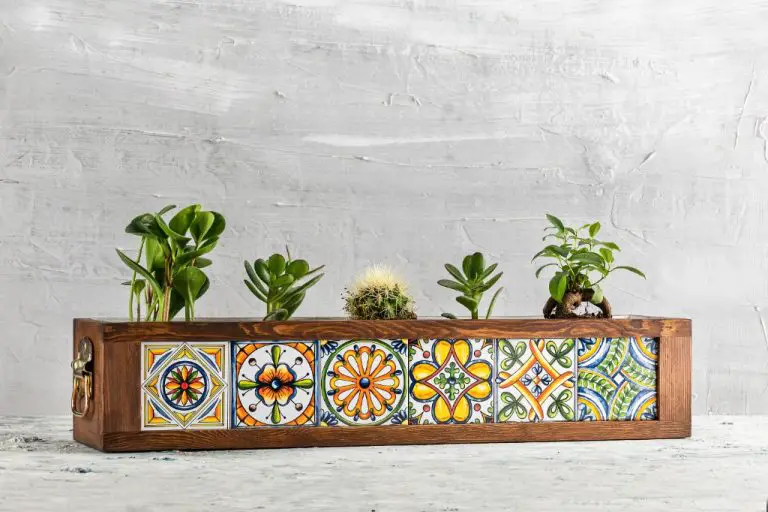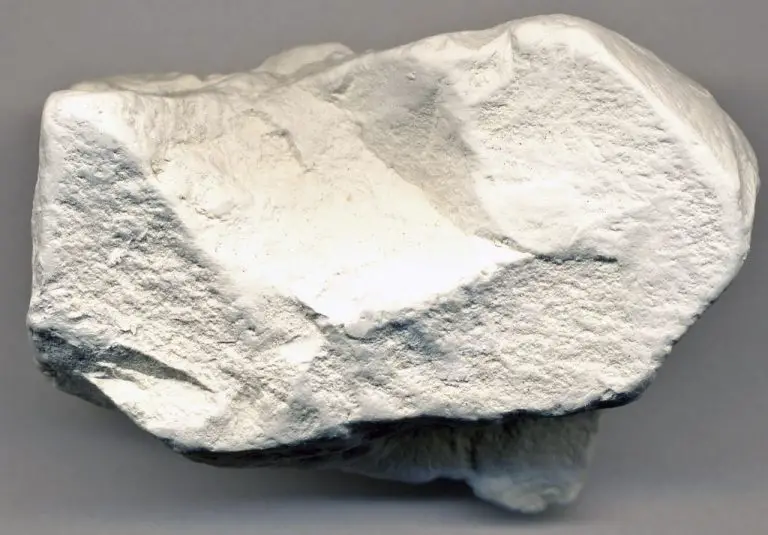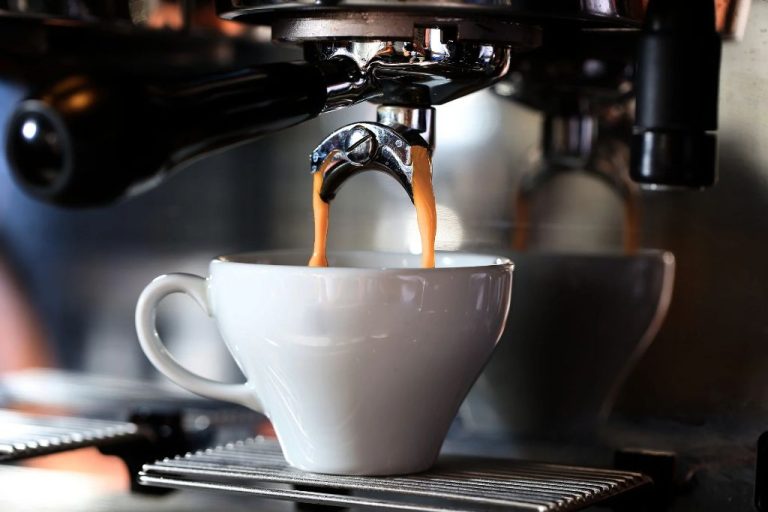What Pottery Did The Navajo Make?
Navajo pottery has a long and rich history and tradition among the Navajo people. Navajo pottery refers to the clay vessels and other objects made by Navajo people – the largest Native American tribe in the United States. Pottery-making has been a part of Navajo culture for hundreds of years.
Navajo pottery includes a range of utilitarian and decorative objects, from mundane bowls and jars used for everyday cooking and storage, to intricately painted pots and ceramics made specifically for ceremonial and artistic purposes. The style and techniques used to make Navajo pottery has evolved over time, influenced by the various cultures the Navajo people traded and interacted with.
Navajo pottery holds deep cultural significance for the Navajo people. The creation process itself is considered sacred, and pottery-making is traditionally passed down from generation to generation. Traditional Navajo pottery incorporates designs and symbols representing Navajo culture, religion, and the natural landscape of the Southwest. Navajo pottery continues to be made today both for utilitarian and artistic purposes.
Origins and Influences
The origins of Navajo pottery can be traced back to the Ancestral Puebloan peoples, including the Anasazi, who inhabited the Four Corners region for over two thousand years. The Anasazi created utilitarian gray pottery as well as elaborate painted vessels used in ceremonies. When the Navajo settled in the area around 1500 CE, they learned pottery making skills from the remaining Puebloan peoples.
Initially, Navajo pottery closely resembled Anasazi styles and techniques. Traditionally, Navajo pottery was made from locally sourced clay and decorated with geometric designs similar to those on Anasazi ceramics. As Navajo pottery developed over centuries, Navajo artisans began incorporating their own motifs and techniques inspired by the natural world, Navajo culture, and spiritual beliefs.
By the late 1800s, Navajo potters started signing their works, allowing individual potters to gain recognition for their innovations in shape, design, and decoration. Famous early Navajo potters like Nampeyo revolutionized Navajo ceramics by introducing new materials, tools, and techniques while preserving the age-old traditions passed down from Ancestral Puebloan teachers.
Materials and Methods
The Navajo utilized locally available clays and minerals to create their distinctive pottery. The clay came from deposits found throughout Navajo lands in the Southwest. After extracting the clay, Navajo potters would mix in sands, crushed rocks, or pulverized potsherds to temper the clay and prevent cracking during drying and firing. They derived black coloring from iron oxides, red from iron-rich clays, and white from kaolin clays.1
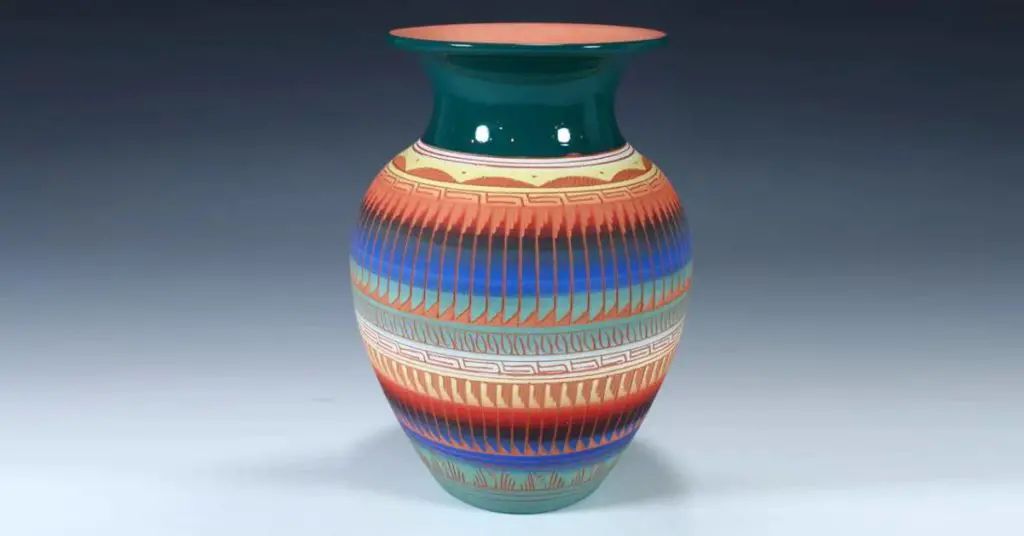
Navajo potters did not use pottery wheels. Instead, they used the traditional coiling method, rolling clay into long ropes that are coiled and pinched together to form the vessel shape. The interior and exterior surfaces were thinned and smoothed using scrapers made of gourds, bones, or wood. After drying, the pottery was polished using stones and sandstone. Paints were applied using brushes made of yucca fibers or chewed ends of sticks. Pinon sap or juice from the bearberry plant provided mixing mediums for the pigments.
Firing techniques varied among Navajo potters. Traditional firing involved placing the pottery in hot coals. By the mid-19th century, some Navajo smiths had learned to construct kilns from surrounding rock that allowed better control of temperatures.
Common Motifs and Symbols
Navajo pottery incorporates many symbolic designs that reflect spiritual beliefs, nature, and storytelling traditions of the Navajo people.
Some of the common spiritual motifs seen in Navajo pottery include representations of rain clouds, lightning bolts, and corn stalks. Rain clouds and lightning are sacred symbols associated with life-giving rains and fertility. Corn stalks represent an important staple crop and a gift from the Holy People. Other spiritual symbols like the swastika and woven blankets also often appear on Navajo pots.
Geometric designs are ubiquitous in Navajo art. Common geometric patterns include triangles, diamonds, lines, and dots. These abstract shapes and forms are aesthetically pleasing but also echo themes from nature. Diamonds may represent the four sacred mountains, for example, while triangles can depict mountains, rainbows, and butterflies.
Some pottery incorporates visual storytelling by depicting figures, animals, and scenes that relate Navajo myths, legends, and daily life. Common figures include Ye’i, Holy People, sheep, horses, deer, and bear tracks. These representations connect the pieces to the rich oral traditions of the Navajo.
Types of Pottery
The Navajo crafted various forms of pottery for different purposes. Some of the most common types include:
Storage Jars
Large, rounded jars were made to store and transport water, grains, seeds, and other goods. They had a wide, round body with a narrow neck and an opening just big enough to reach into. These durable vessels were essential for storing food and supplies.
Cooking Pots
Conical and bulbous pots were used for cooking over an open fire. They were wider at the bottom and curved inwards near the top, with flattened rims and handles for grasping with hot pads. Their shape allowed heat to radiate evenly when placed over a fire.
Bowls, Mugs and Vases
The Navajo crafted shapely bowls in various sizes for serving food and hollowed-out mugs for drinking. They also made narrow-necked vases for holding and displaying flowers. These vessels varied from simple to ornate.
Wedding Vases
A tradition developed of making a special wedding vase for a Navajo bride, often given by the groom’s family. These were shaped like fine traditional vases but with elaborate decorative elements and symbols of love and fertility.
Notable Styles and Techniques
The Navajo developed several distinctive styles and techniques for decorating their pottery. Three of the most notable are:
Black-on-black pottery. This style involves covering the entire vessel with a matte black slip made from iron oxide, bee plant and manganese. Intricate designs are then etched into the surface to reveal the lighter clay underneath [1]. This creates a striking contrast between the dark slip and the buff-colored clay.
Polychrome painting. Navajo potters used mineral and vegetal pigments like ocher, hematite red, black and white to paint elaborate designs atop a tan clay surface. Common motifs included corn, clouds, rainbows and animals [1].
Stamping and incising. Potters carved designs into leather hard clay using tools, resulting in deep grooves. Stamped designs were created by pressing corrugated sticks, cut stones or textured pads into the surface. This added texture and visual interest [1].
Change Over Time
Navajo pottery has undergone many changes since it was first created centuries ago. Traditionally, Navajo pots were made for functional use in daily life. They were undecorated utilitarian vessels used for cooking, storage, and carrying water. Around the 1880s, outside influences began to change Navajo pottery.
As American settlers moved west, a tourist market developed for Native American crafts like Navajo pottery. To appeal to these new buyers, Navajo potters began making decorative pots with more elaborate shapes and designs. This increasing commercialization was a major shift from the simple functional pots of the past. Traders encouraged the Navajo to make pots catering to non-Navajo tastes. Pots became curios for tourists rather than practical objects for daily use.
In the 1960s and 70s, there was a revival of interest in traditional Navajo arts and crafts. Some contemporary Navajo potters returned to the older techniques and styles, creating pots with traditional designs and purposes. Others blended both old and new methods. While tourist markets still influence Navajo pottery today, there is also a renewed respect for the original aims and methods behind this ancient art form.
[1]
Famous Navajo Potters
Two of the most well-known and influential Navajo potters are Annie Mae Yazzie and Grace Medicine Flower.
Annie Mae Yazzie (1914-1996) was renowned for reviving traditional Navajo pottery techniques and designs. She specialized in black-on-black pottery featuring finely painted geometric and animal motifs. Her works are exhibited in museums across the United States, including the Smithsonian. Some of her most iconic pieces include black-on-black ceramic jars with traditional Navajo corn, bird, and fertility symbols.
Grace Medicine Flower (1907-2005) was known for her redware pottery often decorated with traditional Navajo symbols and designs. She helped establish Santa Clara Pueblo as a center for contemporary Native American pottery. Medicine Flower was awarded the “Master of Traditional Arts” by the National Endowment for the Arts in 1990. Her most famous works feature polished redware decorated with corn, clouds, and feather patterns painted in black mineral paint.
Cultural Significance
Navajo pottery played an important role in ceremonies, daily life, storytelling, and economic livelihood for the Navajo people. According to Source 1, pottery was used in sacred ceremonies like the Blessingway ceremony. Pots would be made specifically for these rituals. In daily life, pottery was essential for cooking, storing food and water, and other practical purposes in Navajo homes and communities.
The pots also served as a canvas for storytelling through the intricate designs and patterns. Different symbols and figures depicted legends, animals, deities, and important events. As described in Source 2, each pot conveyed a visual narrative. Finally, Navajo pottery was an important source of income and livelihood. Many Navajo artists supported themselves financially through the sale and trade of their pottery.
Legacy Today
While Navajo pottery making continues today, the number of active potters has diminished over time. Many modern Navajos have moved away from the reservations and pursued other careers. However, some families maintain the art form and pass down traditional pottery knowledge from generation to generation. Notable present-day Navajo pottery artists include Darlene James Nampeyo, known for continuing the legacy of her great-grandmother Nampeyo, one of the most acclaimed Hopi-Tewa potters in history (www.bischoffsgallery.com).
Various museums and cultural centers are also actively preserving Navajo pottery making. Significant collections can be found at places like the Navajo National Museum and the Hubbell Trading Post National Historic Site. Vintage Navajo pots from the 1800s and early 1900s are highly valued by collectors due to their rarity. Auction prices for these historical artifacts can reach into the tens of thousands of dollars.
While the number of practicing potters has decreased over time, Navajo pottery remains an important cultural tradition. Museums, collectors, and dedicated artisans help maintain its legacy and highlight its significance in Native American history.

